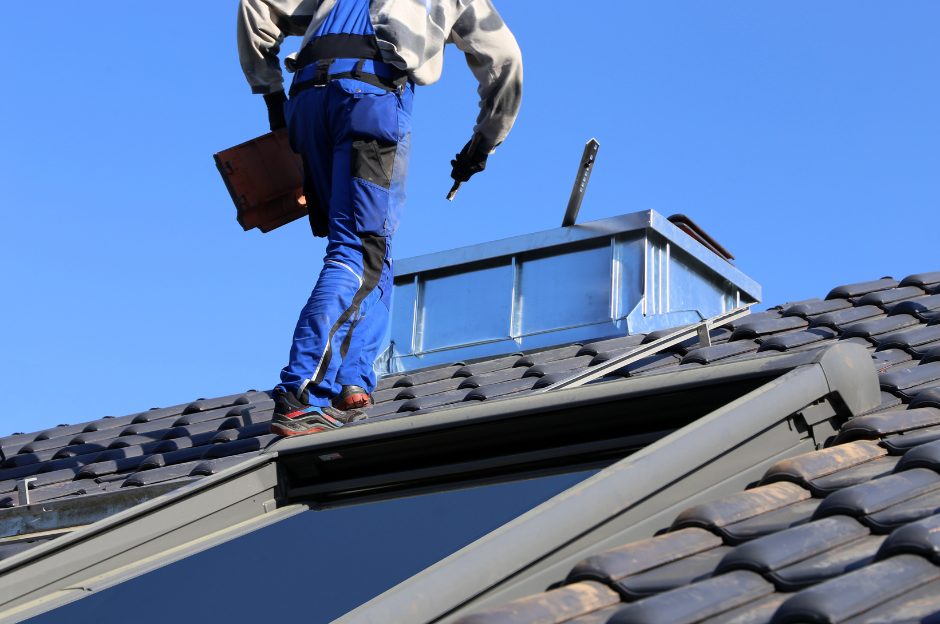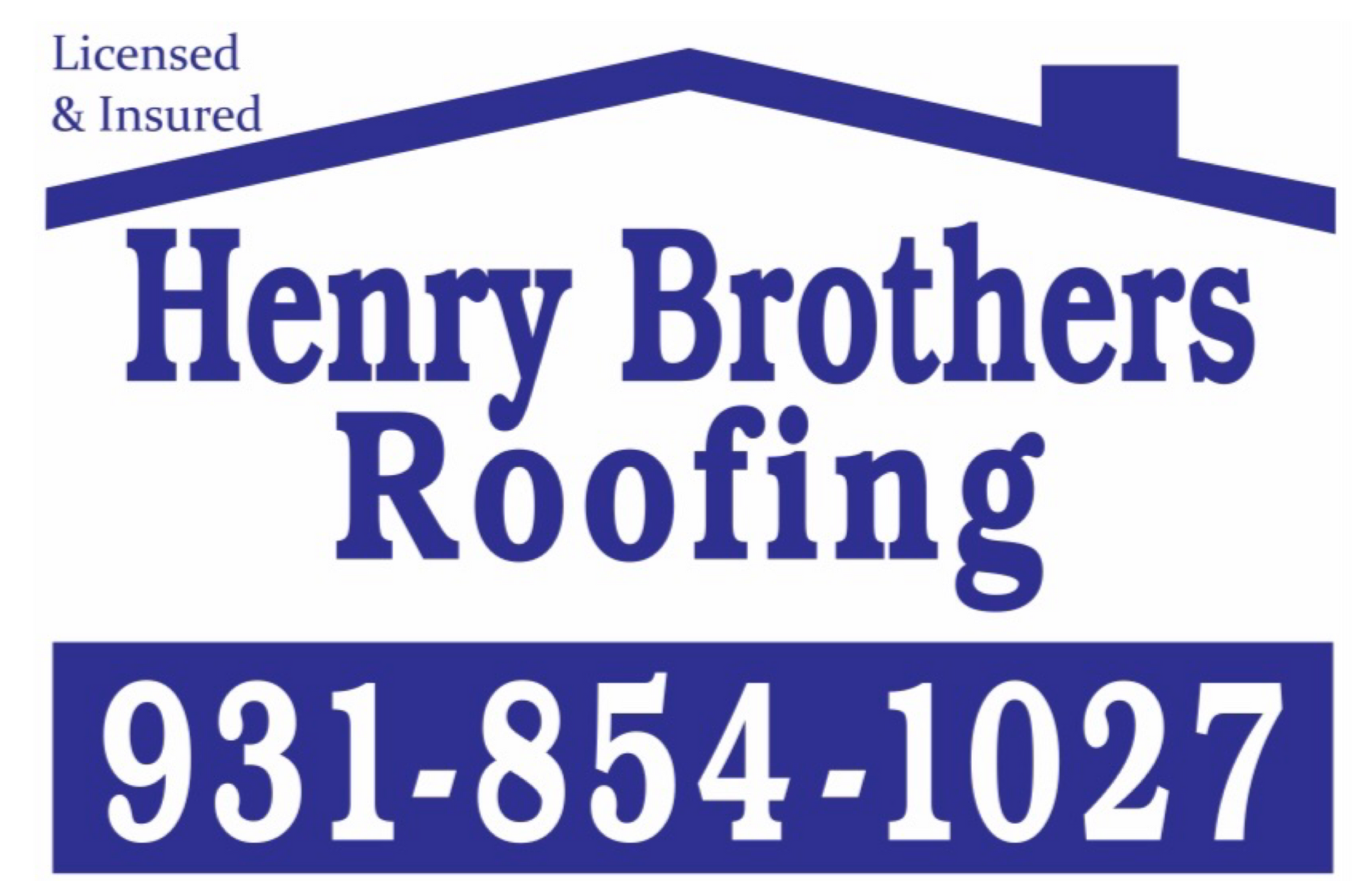The Importance of Proper Installation: Ensuring Your Roofing Solutions Last
July 4, 2024

Your roof is one of the most critical components of your home, providing protection against the elements and ensuring comfort and safety for you and your family. Whether you're installing a new roof or replacing an existing one, proper installation is paramount to its longevity, durability, and performance. In this comprehensive guide, we'll explore why proper installation is crucial for roofing solutions, common installation mistakes to avoid, benefits of professional installation, and practical tips to ensure your roof lasts for years to come.
Why Proper Installation Matters
1. Enhanced Longevity:
Proper installation techniques and practices significantly contribute to the lifespan of your roof. A well-installed roof can withstand weather extremes, resist damage, and maintain structural integrity over time, reducing the need for premature repairs or replacement.
2. Improved Performance:
Correct installation ensures that roofing materials perform as intended, such as providing effective waterproofing, ventilation, and insulation. This contributes to energy efficiency, indoor comfort, and protects against leaks or moisture damage inside your home.
3. Manufacturer Warranty Compliance:
Many roofing materials come with manufacturer warranties that require proper installation by certified professionals. Compliance with installation guidelines ensures warranty coverage, protecting your investment and providing peace of mind.
4. Safety and Code Compliance:
Professional installation ensures adherence to building codes and safety standards. Properly installed roofs minimize risks associated with structural failures, fire hazards, or inadequate ventilation, enhancing overall safety for occupants.
Common Installation Mistakes to Avoid
1. Poor Ventilation:
Inadequate attic or roof ventilation can lead to moisture buildup, heat retention, and premature deterioration of roofing materials. Proper ventilation is essential for maintaining optimal indoor temperatures and extending roof lifespan.
2. Incorrect Material Application:
Using improper techniques or materials not suitable for your roof type can compromise performance and durability. Ensure that roofing materials are installed according to manufacturer specifications and industry best practices.
3. Neglecting Flashing and Sealants:
Improper installation of flashing around chimneys, vents, skylights, and roof edges can result in water infiltration and leaks. Proper application of sealants and flashing materials is critical to preventing moisture damage and ensuring a watertight seal.
4. Overlooking Roof Slope and Drainage:
Inadequate roof slope or improper drainage systems can cause water pooling, which accelerates roof deterioration and increases the risk of leaks. Proper design and installation of drainage solutions are essential for effective water runoff.
Benefits of Professional Installation
1. Expertise and Experience:
Certified roofing contractors possess the necessary skills, training, and experience to perform installations correctly. They understand local building codes, manufacturer specifications, and industry standards, ensuring quality workmanship and compliance.
2. Quality Materials and Tools:
Professional roofers have access to high-quality materials and specialized tools required for efficient and precise installation. They can recommend suitable roofing materials that meet your aesthetic preferences, durability needs, and budget constraints.
3. Efficiency and Timeliness:
Professional installation minimizes disruptions to your daily routine and ensures timely completion of roofing projects. Contractors manage logistics, coordinate deliveries, and adhere to project timelines, optimizing efficiency and minimizing downtime.
4. Warranty Coverage and Guarantees:
Reputable roofing contractors offer warranty coverage on labor and installation, providing protection against defects or installation errors. Warranty guarantees provide peace of mind and assurance of quality craftsmanship.
Practical Tips for Ensuring Long-lasting Roofing Solutions
1. Research and Select Reputable Contractors:
Seek recommendations, read online reviews, and verify credentials of roofing contractors before hiring. Choose licensed, insured, and certified professionals with a proven track record of successful installations.
2. Request Detailed Estimates and Contracts:
Obtain written estimates detailing project costs, materials, labor, and timelines. Review contracts thoroughly to ensure clarity on scope of work, warranty coverage, payment terms, and any additional services or provisions.
3. Monitor Installation Progress:
Stay informed about the installation process and communicate regularly with your roofing contractor. Address any concerns or questions promptly to ensure alignment with project expectations and desired outcomes.
4. Schedule Regular Maintenance and Inspections:
Maintain your roof's condition with routine inspections and maintenance checks. Schedule professional inspections annually or after severe weather events to detect potential issues early and prevent costly repairs.
Real-life Examples: Success Stories of Proper Roof Installation
1. Mark and Sarah's Experience:
Mark and Sarah hired a certified roofing contractor to replace their aging roof with durable, energy-efficient materials. Proper installation techniques and attention to detail enhanced roof performance, providing lasting protection against weather elements and reducing energy costs.
2. Tom's Peace of Mind:
Tom invested in professional roof installation for his new home construction project. By choosing a reputable contractor and quality materials, Tom ensured compliance with building codes, warranty coverage, and long-term durability for his family's safety and comfort.
Henry Brothers Blog

Multi-family buildings pose unique challenges for roofing—requiring durable, efficient, and cost-effective solutions that serve multiple households simultaneously. Selecting the right system and partner can significantly impact long-term maintenance and energy bills. Common Roofing Challenges in Multi-Family Properties Large surface areas Multiple penetrations (vents, HVAC units) Noise and disruption during installation High foot traffic for maintenance Energy efficiency Efficient Roofing Materials TPO (Thermoplastic Polyolefin): Lightweight, reflective, and energy-efficient. Ideal for flat or low-slope roofs. Modified Bitumen: Offers durability and weather resistance. Works well for larger structures. Metal Roofing: Long-lasting and low-maintenance. Higher upfront costs but excellent ROI. Asphalt Shingles: Budget-friendly and easy to repair. Better for pitched multi-family homes. Affordability Strategies Bulk Purchasing Discounts: Roofers often offer lower rates for large-scale projects. Energy Rebates and Tax Credits: Cool roofing materials may qualify for incentives. Roof Coatings: Extend lifespan and defer full replacements. Preventive Maintenance Plans: Regular inspections reduce major repair costs. Partnering with the Right Contractor Choose a roofing contractor experienced in multi-family dwellings. Look for: References from similar projects Warranty offerings Insurance and licensing Clear timelines and communication protocols

Your roof is one of the most defining features of your home’s architecture. A well-designed roof complements the style, era, and character of your house, enhancing both curb appeal and value. Whether you own a modern home, a Victorian masterpiece, or a Mediterranean villa, choosing the right roofing materials and design is essential. This article explores custom roofing solutions for different architectural styles, ensuring your roof is both aesthetic and functional. 1. Why Custom Roofing Matters A one-size-fits-all approach doesn’t work for roofing. Here's why customization is key: 🏡 Preserves Architectural Integrity The roof should match the home's era and design. A poorly chosen roof can clash with the architecture and reduce property value. 💰 Boosts Home Value & Curb Appeal A well-matched roof enhances visual appeal, making your home stand out. Homebuyers prefer houses with roofs that fit the overall design. 🌦 Enhances Durability & Efficiency Custom roofing accounts for climate, slope, and insulation. Choosing the right materials ensures longer roof life and energy efficiency. 2. Best Roofing Materials for Different Architectural Styles 🏗 Modern & Contemporary Homes Modern architecture focuses on clean lines, minimalism, and energy efficiency. Best Roofing Options: ✅ Flat Roofs – Achieve a sleek, contemporary look. ✅ Metal Roofing – Durable and complements modern aesthetics. ✅ Green Roofs – Eco-friendly and visually striking. ✅ Solar Panels – Integrate renewable energy solutions. 🏰 Victorian & Gothic Revival Homes These homes have steep-pitched roofs, turrets, and elaborate detailing. Best Roofing Options: ✅ Slate Tiles – Classic, long-lasting, and historically accurate. ✅ Wood Shingles – Adds charm and natural beauty. ✅ Decorative Metal Accents – Enhances ornate Victorian designs. 🏝 Mediterranean & Spanish-Style Homes Inspired by European coastal homes, these feature stucco walls and curved archways. Best Roofing Options: ✅ Clay or Terracotta Tiles – Traditional, weather-resistant, and elegant. ✅ Concrete Tiles – Durable and available in various textures and colors. ✅ Synthetic Spanish Tiles – Modern, lightweight alternatives with classic appeal. 🌲 Rustic & Cabin-Style Homes These homes emphasize natural materials and a cozy aesthetic. Best Roofing Options: ✅ Wood Shakes – Blends seamlessly with wooded surroundings. ✅ Metal Roofing (Rustic Finish) – Durable with a weathered, natural look. ✅ Green Roofs – Enhances sustainability and insulation. 🏡 Colonial & Traditional Homes These timeless homes focus on symmetry and classic proportions. Best Roofing Options: ✅ Asphalt Shingles – Affordable and available in classic shades. ✅ Slate Roofing – Elegant and historically accurate. ✅ Copper or Metal Accents – Enhances historic charm. 🏛 Mid-Century Modern Homes This style features low-sloped roofs, large windows, and open spaces. Best Roofing Options: ✅ Flat or Low-Slope Roofs – Clean, minimalistic aesthetic. ✅ Rubber or Membrane Roofing – Ideal for low-pitch roofs. ✅ Green or Living Roofs – Complements eco-conscious designs. 🏰 Tudor-Style Homes Tudor homes have steeply pitched gables and decorative half-timbering. Best Roofing Options: ✅ Wood or Synthetic Shake Shingles – Traditional and authentic. ✅ Slate Roofing – Enhances historic charm and durability. ✅ Architectural Asphalt Shingles – Mimics wood or slate at a lower cost. 3. Custom Roofing Features to Consider Beyond materials, adding customized elements can elevate your roof’s design. 🔹 Roof Color & Texture Dark roofs enhance historic and formal homes. Light-colored roofs reflect heat, ideal for warm climates. Textured materials (slate, shakes) add visual depth. 🏠 Roof Shape & Pitch Steep roofs fit Gothic and Victorian styles. Flat or low-sloped roofs match modern homes. Custom pitches enhance energy efficiency and durability. 🔆 Skylights & Roof Windows Adds natural light and enhances ventilation. Works well in modern, contemporary, and rustic homes. 🌞 Solar Roofing & Smart Technology Solar shingles blend seamlessly into modern & eco-friendly homes. Smart roofing systems adjust ventilation & insulation automatically. 4. Custom Roofing: How to Get Started 1️⃣ Consult a Roofing Expert Work with an architect or contractor specializing in custom roofs. Ensure they understand historical accuracy and climate considerations. 2️⃣ Choose High-Quality Materials Invest in durability, energy efficiency, and aesthetics. Select roofing that aligns with your home’s style and longevity needs. 3️⃣ Consider Long-Term Costs & ROI Some materials have higher upfront costs but last longer and increase home value. Energy-efficient options can reduce heating and cooling expenses. 4️⃣ Verify Local Building Codes Some roofing styles require special permits. Ensure compliance with HOA guidelines and historical district regulations.


